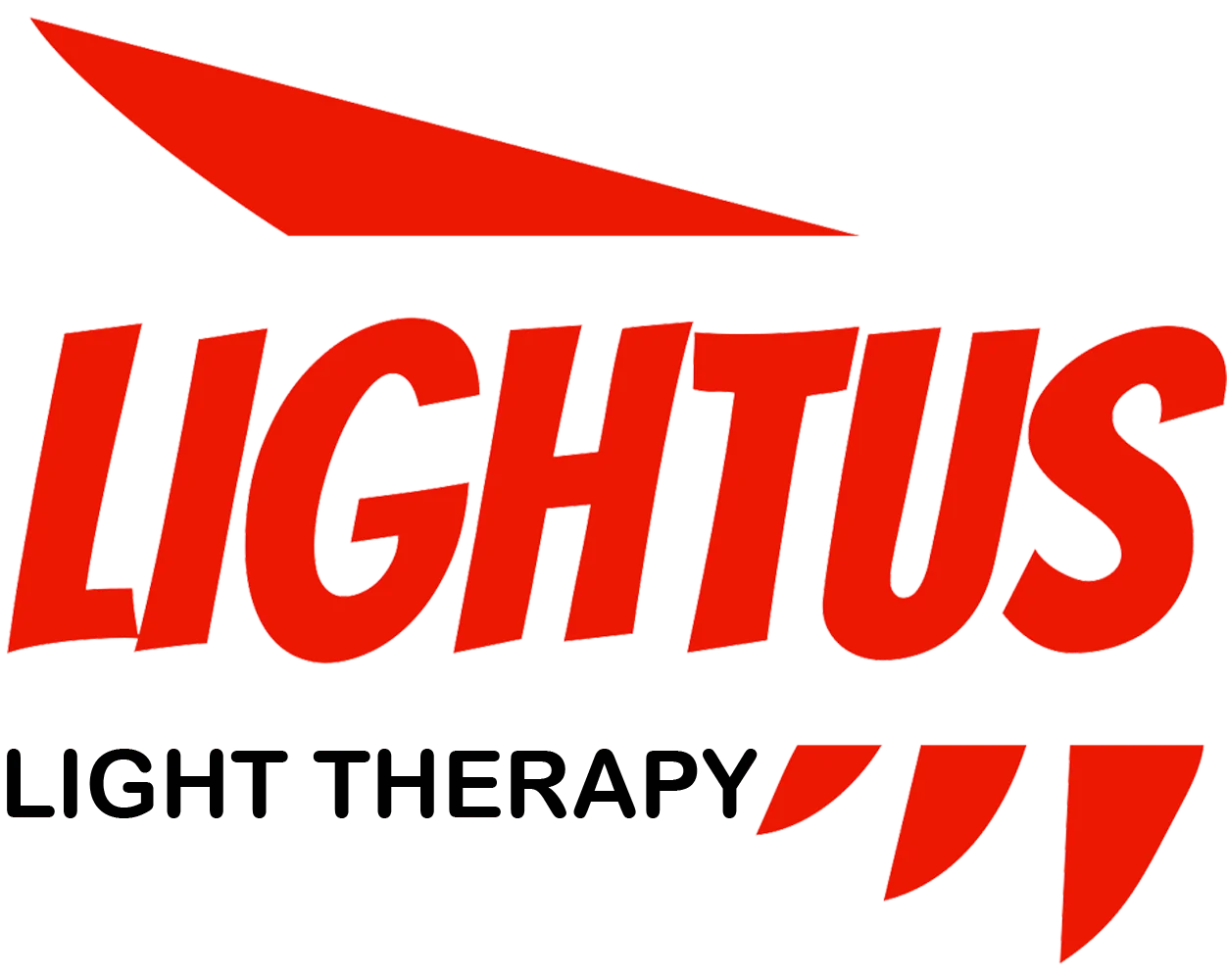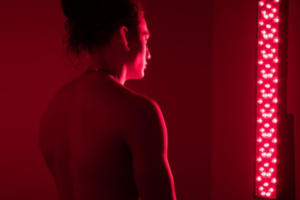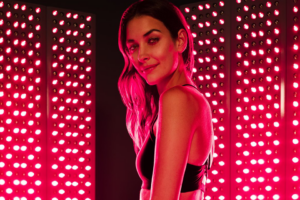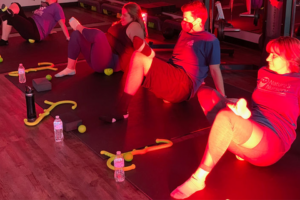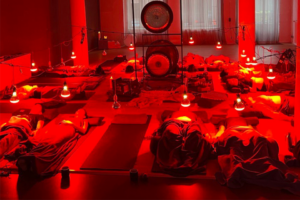Unlocking the Power of Red Light Therapy: Benefits, Uses, and Science

Red light therapy has been gaining popularity as a non-invasive treatment for various health and cosmetic concerns. This article will explore the fascinating world of red light therapy, its potential benefits, and how you can harness its power at home. Whether you’re looking to improve your skin health, reduce pain, or boost your overall well-being, red light therapy might be the solution you’ve been searching for.
Table of Contents
What is Red Light Therapy and How Does it Work?
Red light therapy, also known as photobiomodulation or low-level laser therapy, uses low levels of red and near-infrared light to stimulate cellular function. This non-invasive treatment exposes the body to specific wavelengths of light, typically between 630-660 nm (red) and 810-850 nm (near-infrared).The science behind red light therapy is based on the principle that these wavelengths can penetrate the skin and be absorbed by the mitochondria, the powerhouses of our cells. This absorption may lead to increased energy production and improved cellular function, potentially resulting in various health benefits.
What Are the Potential Benefits of Red Light Therapy?
Red light therapy has been studied for its potential to address a wide range of health concerns. Some of the most promising benefits include:
- Improved skin health
- Reduced inflammation
- Pain relief
- Enhanced wound healing
- Increased collagen production
- Hair growth stimulation
- Improved muscle recovery
While more research is needed to fully understand the extent of these benefits, many people have reported positive results from using red light therapy.
Can Red Light Therapy Really Improve Skin Health?
One of the most popular applications of red light therapy is for skin health. But can it really make a difference? Let’s explore the potential benefits:
- Wrinkle reduction: Red light therapy may stimulate collagen production, helping to reduce fine lines and wrinkles.
- Acne treatment: The combination of red and blue light therapy has shown promise in treating acne by reducing inflammation and killing acne-causing bacteria.
- Skin rejuvenation: Regular use of red light therapy may improve overall skin tone and texture.
Premium 300W LED 660nm 850nm Red Infrared Light Therapy for Your Home devices can be an effective way to incorporate this treatment into your skincare routine.
How Can Red Light Therapy Aid in Pain Relief?
Many people turn to red light therapy for its potential pain-relieving properties. Here’s how it might help:
- Reduced inflammation: Red and near-infrared light may help decrease inflammation in joints and muscles.
- Increased blood flow: Improved circulation can aid in healing and pain reduction.
- Nerve stimulation: Red light therapy may help modulate pain signals in the nervous system.
For those seeking pain relief, Wearable Red Light Therapy Wrap for Pain Relief and Weight Loss could be a convenient option to target specific areas of discomfort.

Is Red Light Therapy Effective for Hair Growth?
Hair loss is a common concern, and red light therapy has shown promise in this area. Here’s what you need to know:
- Stimulation of hair follicles: Red light may help activate dormant hair follicles.
- Increased blood flow: Improved circulation to the scalp can support hair growth.
- Reduced inflammation: Decreasing scalp inflammation may create a better environment for hair growth.
For those interested in trying red light therapy for hair growth, the LED Red Near Infrared Light Therapy Hat for Hair Restoration could be a useful tool.
How Can Athletes Benefit from Red Light Therapy?
Athletes and fitness enthusiasts have been turning to red light therapy to enhance their performance and recovery. Here are some potential benefits:
- Faster muscle recovery: Red light therapy may help reduce muscle soreness and speed up recovery after intense workouts.
- Improved endurance: Some studies suggest that red light therapy could enhance athletic performance by improving energy production in muscle cells.
- Reduced inflammation: Decreased inflammation can lead to quicker recovery times and less pain after exercise.
For athletes looking to incorporate red light therapy into their routine, the Medical Grade 1080 LEDs Whole Body Red Light Therapy Panel for Athletes could be a comprehensive solution.
What Are the Potential Side Effects of Red Light Therapy?
While red light therapy is generally considered safe, it’s important to be aware of potential side effects:
- Eye strain: Always use protective eyewear when using red light therapy devices.
- Skin irritation: Some people may experience temporary redness or irritation.
- Headaches: In rare cases, users have reported headaches after treatment.
It’s always best to consult with a healthcare professional before starting any new treatment regimen.
How Can I Use Red Light Therapy at Home?
With the increasing availability of at-home red light therapy devices, it’s easier than ever to incorporate this treatment into your daily routine. Here are some tips:
- Choose a reputable device with the appropriate wavelengths (630-660 nm for red light, 810-850 nm for near-infrared).
- Start with short sessions (3-5 minutes) and gradually increase as tolerated.
- Be consistent with your treatments for the best results.
- Follow the manufacturer’s instructions for optimal use and safety.
The Factory Full Body 300 LEDs Red and Infrared LED Light Therapy Devices offer a comprehensive solution for at-home use.
What Does the Science Say About Red Light Therapy?
While many people swear by the benefits of red light therapy, it’s important to look at the scientific evidence:
- Skin health: Several studies have shown positive effects on skin appearance and collagen production.
- Pain relief: Research suggests that red light therapy can be effective for certain types of pain, particularly chronic pain conditions.
- Hair growth: Some studies have demonstrated improved hair density and thickness with red light therapy.
However, more research is needed to fully understand the efficacy of red light therapy for various conditions.
Is Red Light Therapy Right for You?
Deciding whether to try red light therapy depends on your individual health goals and concerns. Consider the following:
- Your specific health needs: Are you looking to improve skin health, reduce pain, or address another concern?
- Time commitment: Are you willing to incorporate regular treatments into your routine?
- Cost: At-home devices can be an investment, but may be more cost-effective than professional treatments in the long run.
- Expectations: Understand that results may vary and can take time to become noticeable.
Key Takeaways: The Power of Red Light Therapy
To summarize, here are the most important points to remember about red light therapy:
- Red light therapy uses specific wavelengths of light to stimulate cellular function.
- Potential benefits include improved skin health, pain relief, and enhanced athletic recovery.
- At-home devices make red light therapy more accessible than ever.
- While generally safe, it’s important to be aware of potential side effects and use devices as directed.
- Scientific evidence supports some benefits, but more research is needed in many areas.
- Consistency is key when using red light therapy for optimal results.
A red light therapy device in use, demonstrating the application of red and near-infrared light for potential health benefits.In conclusion, red light therapy offers an exciting, non-invasive approach to addressing various health and wellness concerns. While it’s not a miracle cure, many people have experienced positive results from incorporating red light therapy into their routines. As with any new treatment, it’s always best to consult with a healthcare professional before starting and to approach it with realistic expectations. With the right approach and consistency, red light therapy could be a valuable addition to your health and wellness toolkit.
